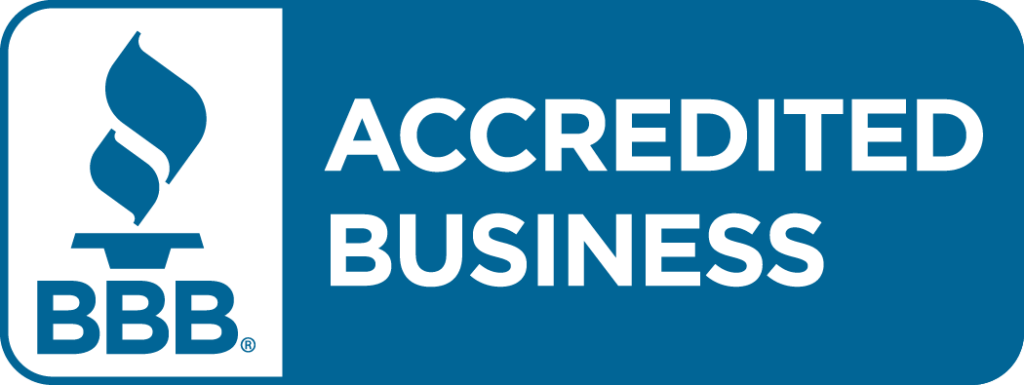Remember the last time you went to the doctor? When he finally walked into the room, did he immediately begin talking about all the features and benefits of the latest drug or treatment? Of course not! He asked, “Where does it hurt?”
Why would you even be at the doctor if something wasn’t wrong? Pain is a strong motivator to make a change, spend money, or invest your time. Why would you make a change if everything was ‘hunky dory?’ It’s not like I clicked on an Instagram ad about reversing baldness out of curiosity.
However, when we marketers talk to our audiences, we go straight to all the features and benefits before we understand the pain we are trying to solve.
[hr style=”3″ margin=”40px 0px 40px 0px”]
Why Pain?

Humans are risk averse. Our days on the Serengeti being chased by lions have attuned our senses to find danger and avoid it. It’s why we are most focused during the scary or suspenseful points of a movie or why a sudden noise draws your attention.
And this instinct has made a journey from the Serengeti to Amazon. No, not the mighty river in South America, the online shopping giant.
That’s right. When we buy, we are still looking to avoid that lion trying to turn us into dinner. Except now, the lion is your clothes making you seem “not cool” or you’re starting to go bald at the tender age of 32. Or new regulations in the industry are killing your profits. Or maintenance on all of your equipment is eating up your time.
According to Proactive Selling, a book by William “Skip” Miller, 70 – 80% of people are “away” buyers or buy things to move away from pain they are experiencing. Away buyers are not motivated by having the “latest and greatest” or all the new features and benefits. Away buyers spend money when you assure them their pain is real and you have a way out of it.
But most of our marketing materials, ad copy, and advertising focus on features and benefits. We try to build a logical case as to why a prospect should do business with us. Then we’re surprised when our ads perform poorly or no one reads our white paper. But it shouldn’t be a surprise. We aren’t speaking the language of the “away buyer.”
[hr style=”3″ margin=”40px 0px 40px 0px”]
Become a Signal in the Noise
The average consumer sees anywhere from 300 – 3,000 marketing messages a day all bragging about their features and benefits. Your audience tunes these out. If you want to be a signal in the noise, start by telling your audience their pain is real. In fact, you should double down. Tell them their pain is worse than they realize.
In case it needs to be said, you can’t literally have your ad copy be, “You have pain and it’s bad!” It’s imperative to find the actual pain your prospects are experiencing. To double down on the pain, paint the image of a dire future in which their struggles have made things worse. Perhaps an example would help.
[box]
Are you letting new regulations get the better of you?
[/box]
Here we start with a question knowing that it relates to our audience. Hopefully you’ve done the research. Now that we have brought up the pain, we need to double down.
[box]
Not acting could cost you millions. Download our cost calculator.
[/box]
At this point, we have brought up the pain we know our audience faces. We’ve assured them their situation is dire. And now we’ve invited them to test our hypothesis. This is also an important step. You want to back up your claims in some way. Additional content, industry stats, case studies, and testimonials are all solid choices.
[hr style=”3″ margin=”40px 0px 40px 0px”]
But What About Me?
 Only once a prospect has come to terms with their dire situation, are they ready to hear about the miracle that will save them from their pain. Enter in your product. Once your audience is desperate to find a solution to their pain, it’s time to talk about your solution. If you do it right, they will be asking you about your solution (inbound leads). When you do begin to talk about your product, frame it as a tool that will empower your audience and not as the hero of the story. Your product is the tool your audience will yield in the fight against their pain.
Only once a prospect has come to terms with their dire situation, are they ready to hear about the miracle that will save them from their pain. Enter in your product. Once your audience is desperate to find a solution to their pain, it’s time to talk about your solution. If you do it right, they will be asking you about your solution (inbound leads). When you do begin to talk about your product, frame it as a tool that will empower your audience and not as the hero of the story. Your product is the tool your audience will yield in the fight against their pain.
[hr style=”3″ margin=”40px 0px 40px 0px”]
Summing Up
The motivating factor for companies and people to make buying decisions is the pain and the struggles they face. To motivate these “away buyers” you must highlight the pain they are experiencing, double down on that pain, and then prove your claim. Only then should you talk about your products, but in way that empowers your audience.
[acf field=”cta_10″ post_id=”option”]



